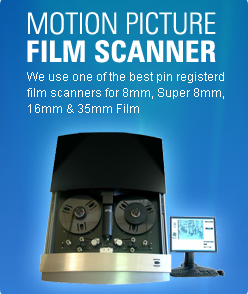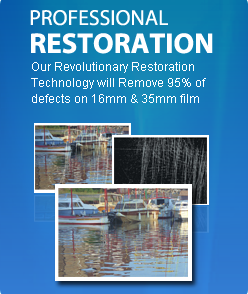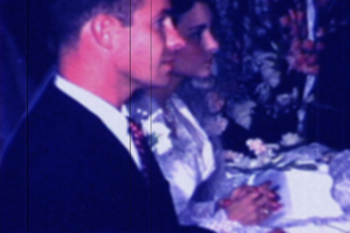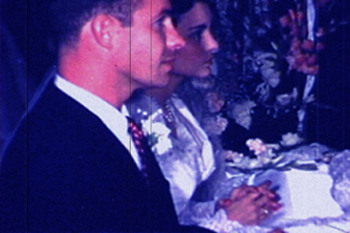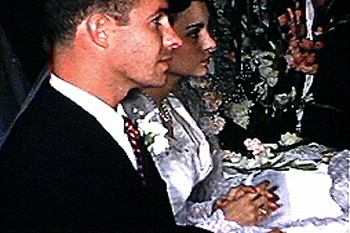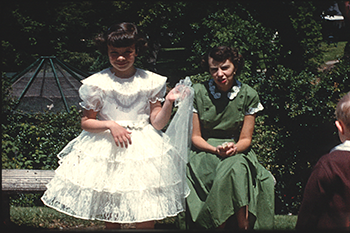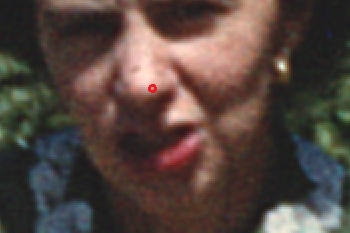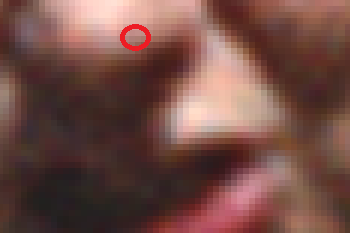
The first table shows how the same film looks using our 4 different processes. You can see that the difference can be significant for our Yakima customers.
The second table presents a case for scanning 8mm and Super 8 film at 2K resolution. In the past year we have done 20 comparisons. Contrary to popular belief, we do see a noticeable difference in quality between our Pro HD and Pro 2K process on 8mm and Super 8 film.
In general it is recommended that you scan at or above the resolution of the film. For 8mm and Super 8 that means scanning at HD or 2K.
8mm And Super 8 Film Yakima |
|
SD Scan
|
|
Pro HD Scan
|
|
Pro 2K Scan
|
|
Pro 4K Scan
|
|
Film Resolution |
|
Resolution of Film |
|
Film Grain
|
|
Film Grain vs Digital Pixel
|
|
So, for example, if you are looking for the best quality DVD, scan your 8mm or Super 8 at HD. If you are looking to go to BluRay then scan your 8mm or Super 8 at 2K.
Professional films usually have access to the original camera negative in addition to work prints, answer prints, etc. It is always better to scan using the original camera negative.
Yakima Fun Facts: Army prevailed and the Indians were required to live on a Indian reservation. In 1884, due to the Northern Pacific Railroad deciding not to construct a railroad in the county, more than 100 buildings were transported by rollers to the new train station. The new town was named North Yakima and then later changed to Yakima in the year 1918. Yakima is located in the county and valley named Yakima.
Washington Fun Facts: Another Washingtonlandmark, Mount St. Helens erupted in 1980, the deadliest and most economically destructive volcanic event in U.S. history. The Evergreen State is the nation’s leader producer of apples and is the home of the coffee chain Starbucks.
